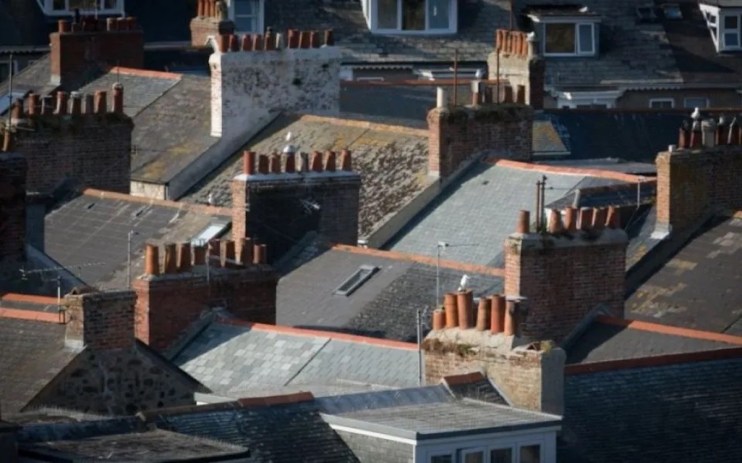Housing crisis: Two-thirds of £4.2bn government homes fund remains untouched

More than two-thirds of a government fund aimed at creating thousands of new homes in the UK remains unspent, despite launching over six years ago.
In 2017, the British government launched a £4.2bn Housing Infrastructure Fund to help unlock 324,000 new homes by providing local authorities with funding for infrastructure such as transport and utility connections.
But according to a Freedom of Information request, shared with the Financial Times, only £1.3bn of the pot — or about 31 per cent — has been spent so far.
The request made by local government researcher Jack Shaw, also found the majority of the sum had been spent in 2021 and 2022.
It was also unveiled that the government downgraded its initial delivery target of 324,000 homes to 270,000 after a number of schemes had funding pulled.
The news comes as the UK is battling a chronic shortage of housing, with highly populated areas such as London often being hardest hit.
According to a report by the Center for London, not enough homes have been built in London to keep up with the city’s growing population.
“This is driving up prices and leading to overcrowding — with 11 per cent of homes in London overcrowded, compared to 4 per cent across England,” the firm said.
A spokesperson for the Department for Levelling Up, Housing and Communities said: “We are confident that we will provide all £4.2 billion of the Housing Infrastructure Fund to local authorities across all regions of England, unlocking up to 270,000 homes. More than 23,000 homes have already started construction and expenditure is on track.
“Major infrastructure projects understandably take time to deliver and we recognise the challenging backdrop that capital programmes have experienced due to cost pressures and other factors. We continue to work very closely with Homes England to make sure all the programme budget is spent and the maximum possible housing capacity is unlocked.”